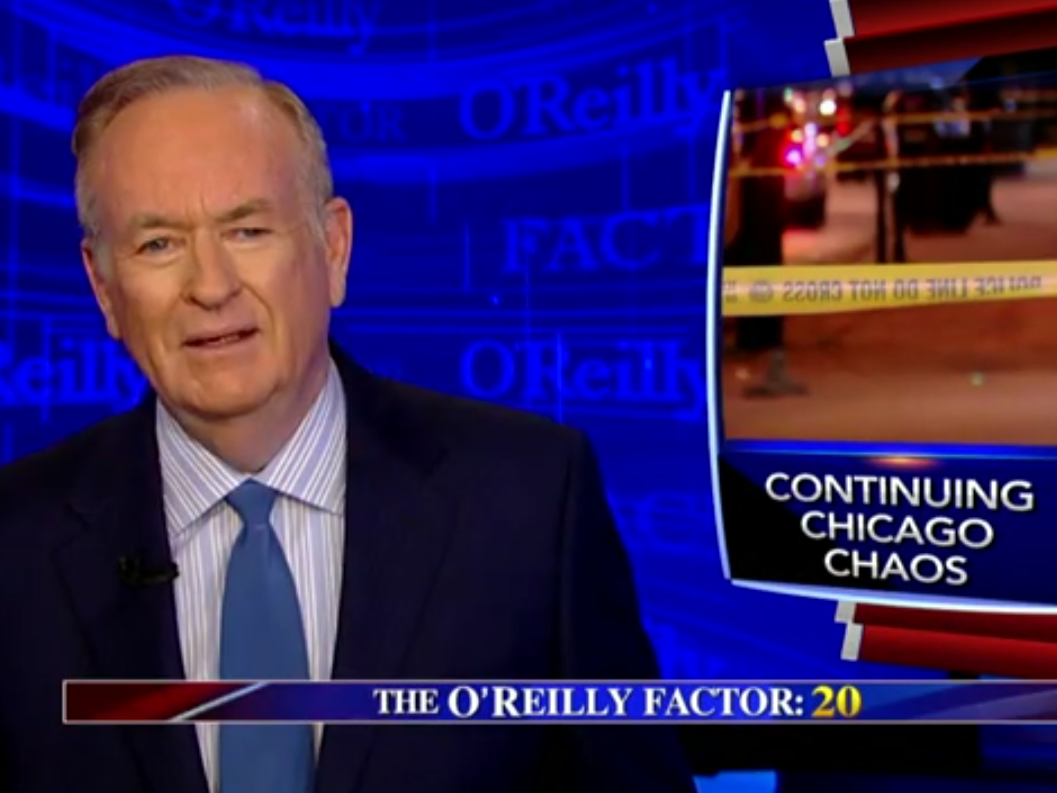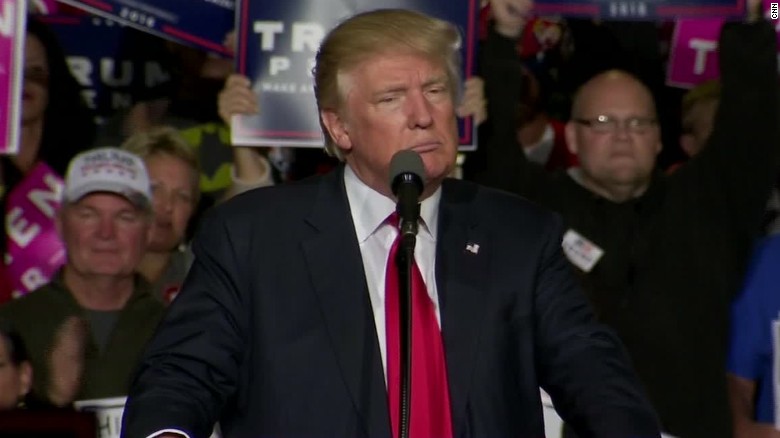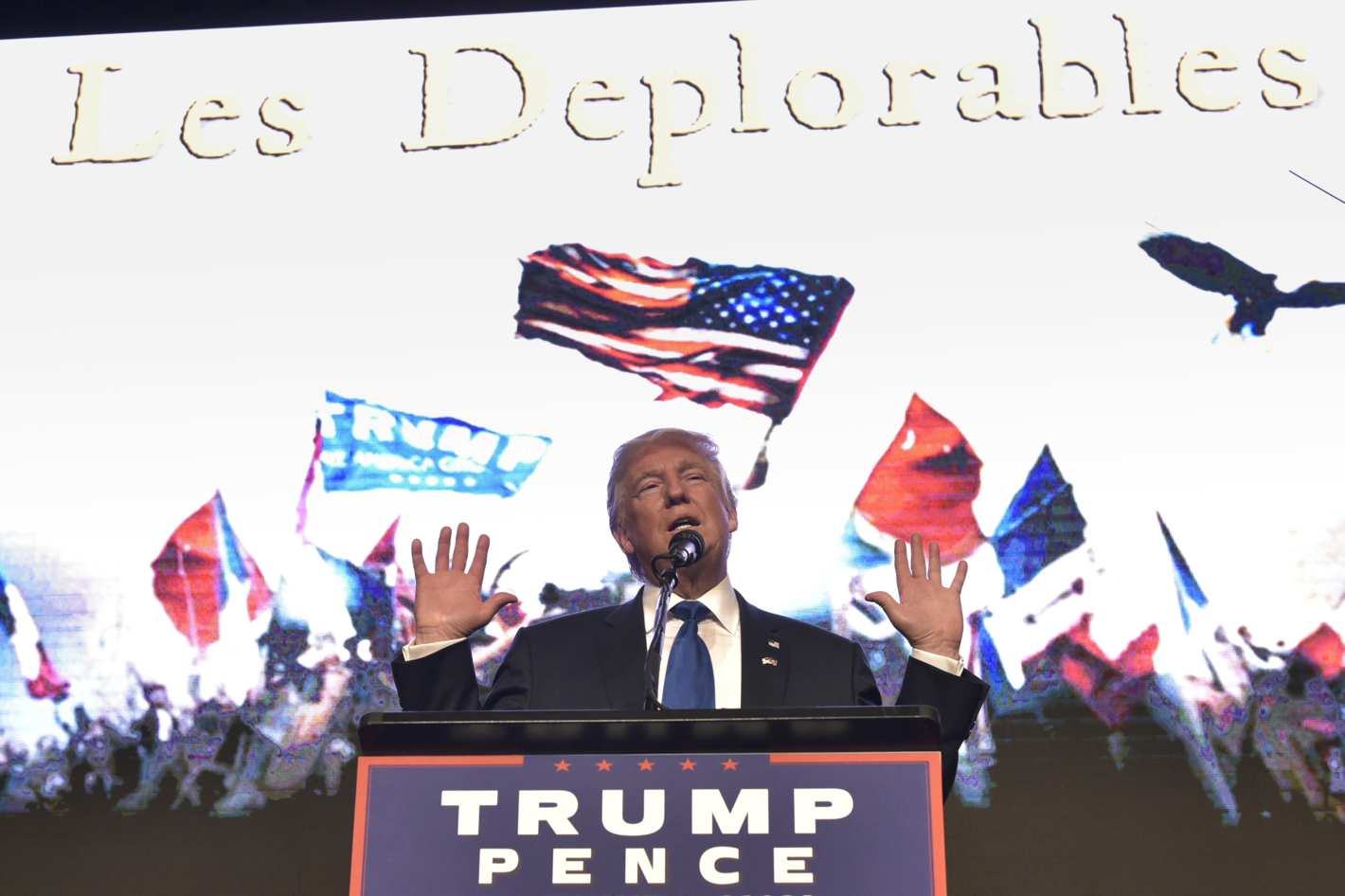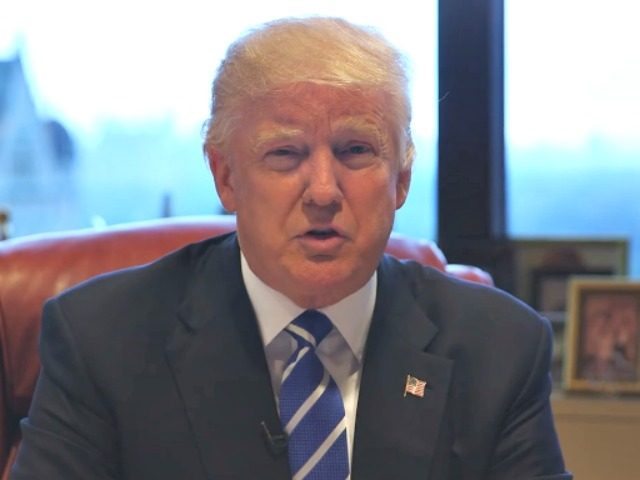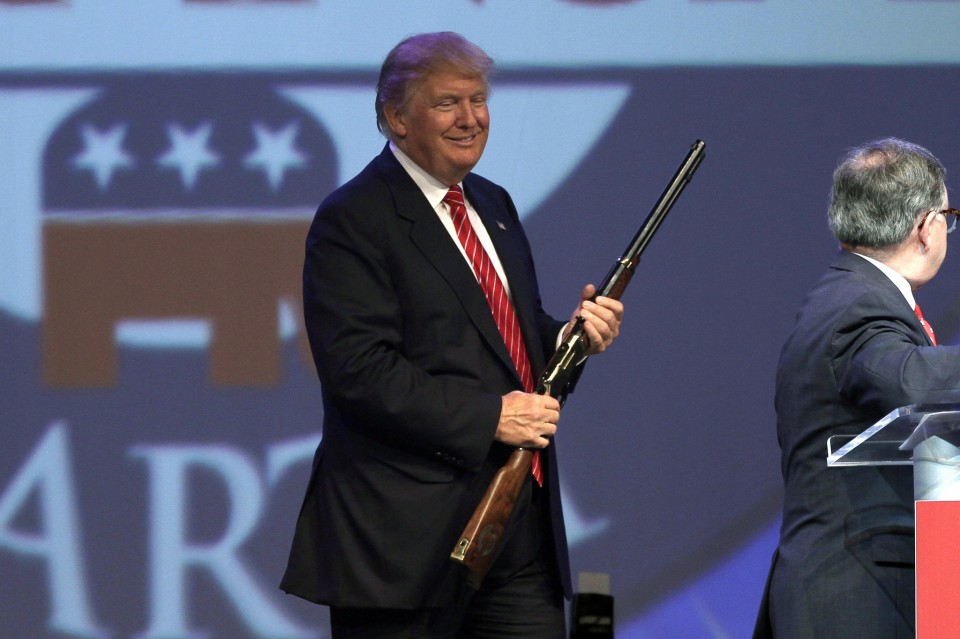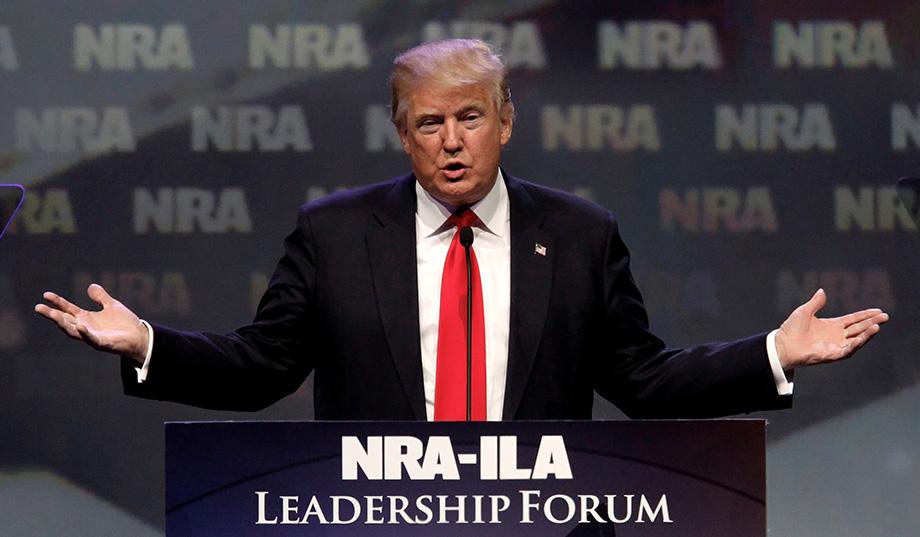Donald Trump literally just made the ‘good guy with a gun’ argument
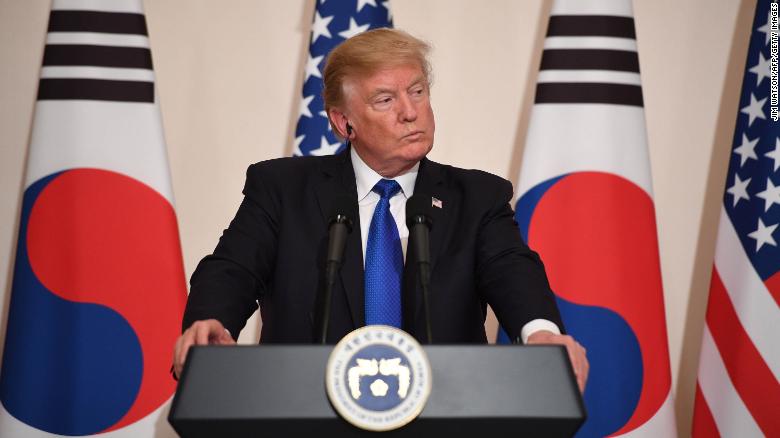
In the wake of the Sandy Hook school shooting in late 2012, a new saying became popular among gun rights advocates: “The only thing that stops a bad guy with a gun is a good guy with a gun.” (The phrase is widely credited to National Rifle Association CEO Wayne LaPierre.)
The logic behind the saying goes like this: In an era of mass shootings, the best (only?) defense is to be armed yourself. Shooting back at a shooter may be your only chance at living through such an incident. We need more good people with guns — not fewer.
Which brings us to Tuesday afternoon in Seoul, South Korea where President Donald Trump was asked by a reporter whether he might support “extreme vetting for people trying to buy a gun” in the wake of the Texas church shooting on Sunday that left 26 people dead.
Here’s how Trump responded:
“You’re bringing up a situation that probably shouldn’t be discussed too much right now. We could let a little time go by. It’s OK if you feel that’s an appropriate question even though we’re in the heart of South Korea. I will certainly answer your question. If you did what you’re suggesting, there would have been no difference three days ago, and you might not have had that very brave person who happened to have a gun or a rifle in his truck go out and shoot him, and hit him and neutralize him. I can only say this: If he didn’t have a gun, instead of having 26 dead, you would have had hundreds more dead. So that’s the way I feel about it. Not going to help.”
This is, quite literally, the “good guy with a gun” argument. And Trump is right that a man living near the church grabbed his gun and fired at the shooter, wounding him in the leg and torso and then chasing him in a car — with another bystander — until the shooter crashed in a ditch.
The problem for Trump’s argument is that, outside of a handful of anecdotes here and there, there is very little empirical evidence that suggests the only thing that stops a bad guy with a gun is a good guy with a gun.
A study of data on gun violence that was released this summer by Stanford Law professor John Donahue makes this case in stark terms.
“There is not even the slightest hint in the data that (right to carry) laws reduce overall violent crime,” wrote Donohue, concluding that violent crime was somewhere between 13-15% higher in states that have right to carry laws than if that same state had not passed that sort of legislation.
According to the Harvard School of Public Health, “case-control studies, ecological time-series and cross-sectional studies indicate that in homes, cities, states and regions in the US, where there are more guns, both men and women are at a higher risk for homicide, particularly firearm homicide.”
The United States is a clear leader in the number of guns owned by civilians — almost 90 guns per 100 people, according to a 2007 study. (At that time, 270 million of the world’s 875 million known firearms were owned by American civilians.)
There is also lots and lots of evidence that for the large number of guns in the country, very few are actually used in self defense. A 2013 study by the Department of Justice showed that in less than 1% of all victimizations between 2007 and 2011 did the victim use a gun to defend him or herself.
Those numbers run directly counter to the reasons gun owners give for owning a gun, however. Pew Research Center polling on guns and American gun culture conducted over the summer showed that more than two-thirds of gun owners say “protection” is a major reason why they own a weapon.
As the Washington Post’s Chris Ingraham has documented, for every one “justifiable” gun homicide, there are 34 criminal gun homicides, 78 gun suicides and two accidental gun deaths. (Ingraham used data from this 2015 report from the Violence Policy Center.)
That’s a lot of numbers. But the point here is simple. While anecdotes — like the Texas shooting Trump cited — seem to affirm the “good guy with a gun” theory, according to the large majority of the available data, more guns in the hands of civilians lead to more gun deaths, not fewer.
[CNN]
Reality
Actually Trump is echoing the NRA’s own argument that if guns are not allowed near schools and government buildings then shootings cannot be stopped by a “good guy with a gun.” However the empirical evidence is not on Trump’s side.
In 2014 the FBI released a reported titled “A Study of Active Shooter Incidents in the United States Between 2000 and 2013” which looked over 13 years of data and a of total of 160 incidents, and concluded the concept of a good guy with a gun was unequivocally proven to be a myth. The number of times a shooting ended after armed citizens exchanged gunfire with the shooters only amounted to 5 times (3.1%). In contrast the number of times unarmed citizens safely and successfully disrupted the shootings was 21 times (13.1%).
